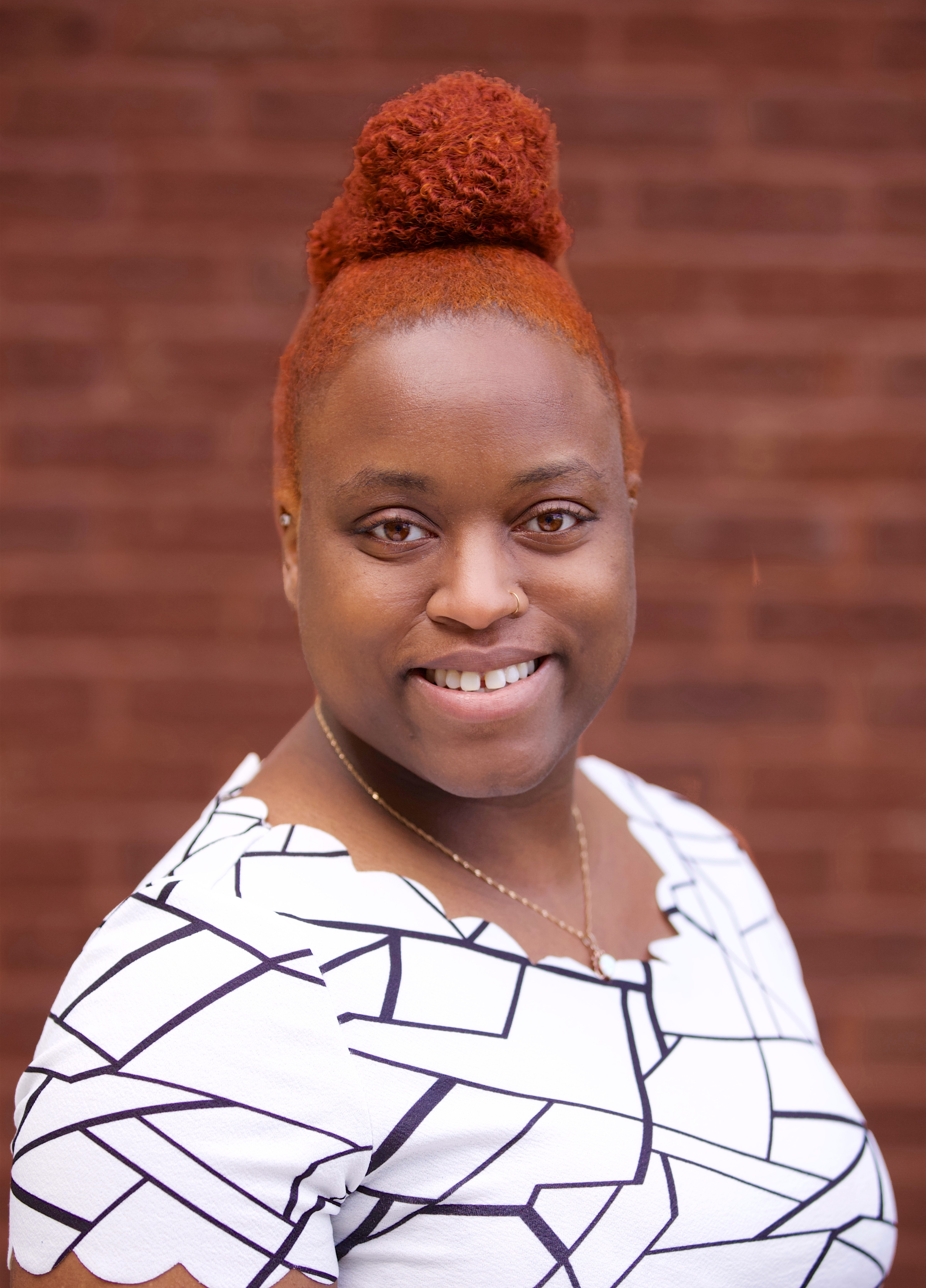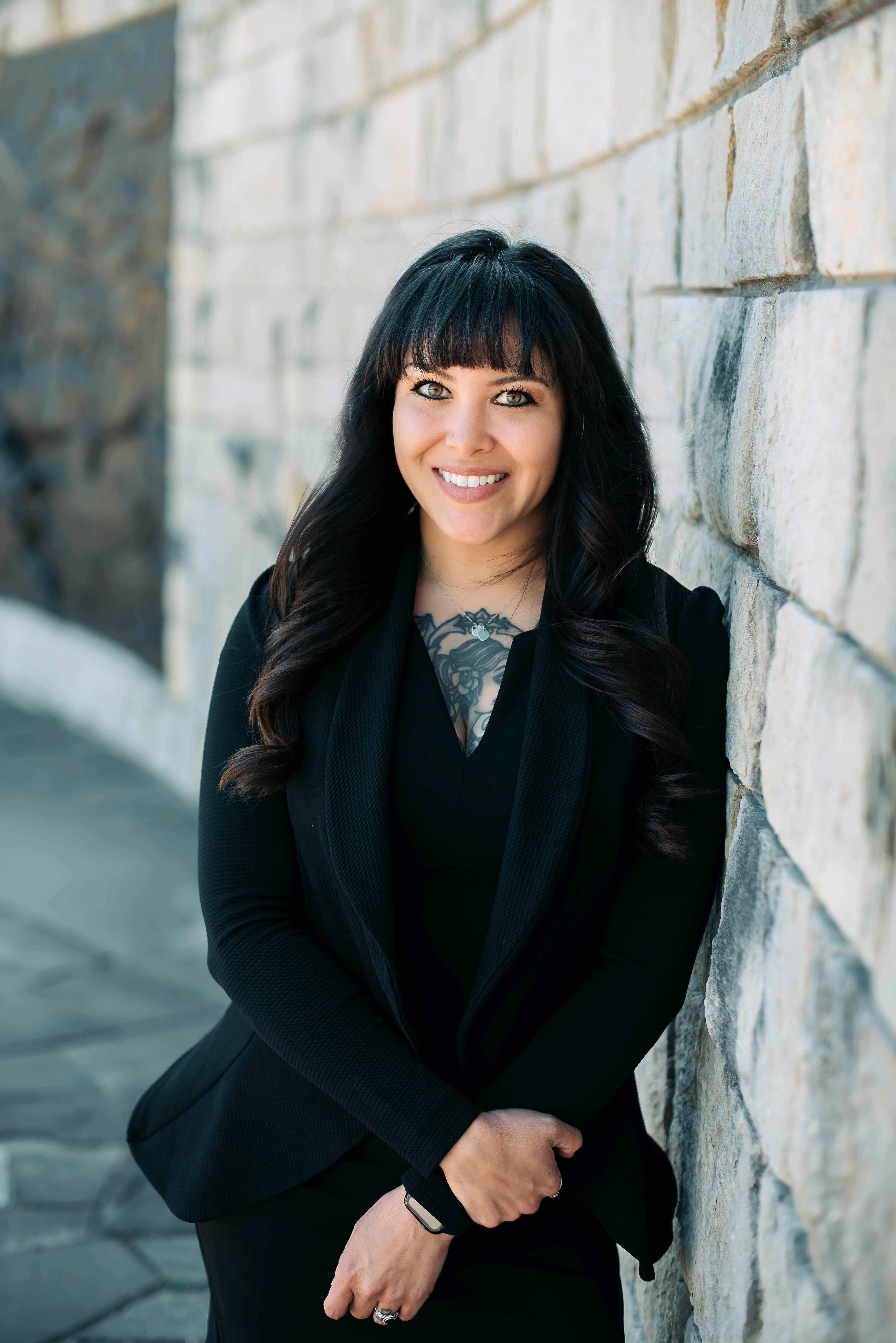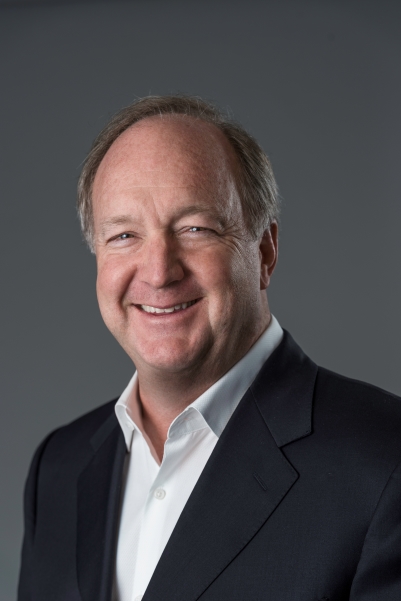
Markiesha Thompson,
Associate Editor,
Monitor

Vanessa Roberts,
Customer Success Coach,
Leasepath

Bill Stephenson,
Global CEO,
PEAC Solutions
What do generational differences in the workplace look like? There are stereotypes about the baby boomer, millennial and Gen Z generations in the workplace and how they interact, with one labeled entitled and lazy and the other labeled stuck in their ways. According to a LinkedIn article, Understanding Boomers in the Workplace, the multigenerational workforce is growing because many baby boomers, born between 1946 and 1964, have decided to work beyond the traditional age of retirement. Because of this trend, companies must accommodate different desires and needs for their employees. How can workplaces handle this?
Industry veteran Bill Stephenson, CEO of HPS Global Leasing, entered the industry when leasing was new in 1985. The demographics of equipment finance employees when he joined the industry were younger 20s and 30s, with officers in the 40s and 50s age. Stephenson says leadership at most major companies is made up of the same group of players that started in the 80s and continued to expand their careers and move up in their organizations. Because of that, less attention was paid to the succession of the next generation, and hiring focused on people who were about the same age, which created a huge age gap in leasing.
Vanessa Roberts, customer success coach at Leasepath, joined the industry in early 2017 and initially worked with a group of mostly middle to late age older men. She thinks it is important to have generational diversity in the workplace because of the innovation that happens when young professionals are given a chance. Roberts believes young people bring a fresh perspective and innovative ideas that older groups might have not thought of. Because they have grown up with advanced technologies and approaches to problem-solving, Roberts says they can help improve the processes and products in the industry.
Stephenson agrees with Roberts about needing generational diversity in the workplace. “Generational diversity creates new perspectives, it creates healthy debate, it brings in aspects that you’re not biased to, that you wouldn’t even have thought about to in order to ensure that you make the best decision, and I think it makes everybody better,” Stephenson says. The different work styles can create some tension within the workplace because of different needs, and Stephenson says he sees the older and younger generations clash most over who is right and who is wrong, with little compromise. Citing the need to listen more to resolve an issue, Stephenson says the focus must be on the goal and the situation. He adds that when leaders allow individuals to solve issues their way, as long as the “what” has been accomplished, the “how” should not matter.
Growing up with social media and technology has changed the way millennials communicate and interact with each other, which some people may perceive as laziness or entitlement without recognizing the ways millennials are using tools to connect with others and contribute to society, Roberts says. “It’s just a different way of doing it,” she says. Because of major differences in living, like some of the economic differences millennials have to deal with — the housing market, a fluctuating job market, high cost of living, low wages and high student loan rates — Roberts says the older generation has created stereotypes that suggest millennials are looking for an easy way out of things. These factors contribute to the work/life balance needs for which millennials advocate. Boomers grew up in an industry of working long hours and taking a more traditional career path, while millennials and younger folks focus more on results and less on how many hours were put in that day.
“We need to focus more on results-oriented versus how many hours you put in because somebody can put in four hours and achieve the same thing that somebody could do in eight. I don’t think that should be labeled a generation versus generation thing, it’s just a difference in how people work,” Roberts says.
With a rise in hybrid and remote workplaces, companies are beginning to accept different styles of working. According to an article from The Washington Post, dozens of companies have begun to change their work weeks from five to four days, giving employees more time to dedicate to their personal lives. According to the article, “employees reported a variety of benefits related to their sleep, stress levels, personal lives and mental health, with revenues staying the same, but rising 35% on average compared with a similar period from previous years.”
“It doesn’t matter how many hours we’ve put in,” Roberts says. “Here’s my work, and it’s good, and I’ve done what was asked.”
To aid in the development of the younger generation, Stephenson suggests baby boomers create roles that involves multitasking and presents a challenging, hybrid model way to work that gives millennials the respect and feedback they need. On the other end, he says millennials need to listen, learn and extract the knowledge baby boomers have, either through mentorship, coaching or working together, because they can learn a lot from the hard work and mistakes boomers have experienced over the past 40 years. Stephenson says the younger generation should worry less about what other people think of them, because other people seldom do think of them. Instead, he believes younger people should focus on the fact that they are part of an incredible industry that is in desperate need of the next generation of leaders.
“If you can create a common objective that everybody understands, and I define that as ‘what’ needs to be done, and you have an environment on how to achieve that, you let the millennials and the boomers do it their way and then team them up, put a boomer with a millennial,” Stephenson says. “I think it’s the best form of combination.”
With work styles being one of the differences, Roberts says the overall values of the generations are the same, it’s just different in how they go about accomplishing them. One of the most important lessons older generations can teach younger generations, Roberts says,
is customer service. “The clients are relying on financing and solutions to run their businesses, and if we’re not prioritizing customer service and building strong relationships with the client, things can go downhill very quickly,” Roberts says. “You want to build a strong reputation for yourself and your company to achieve long-term goals and success.”
Noting there are great companies that are struggling with succession, Roberts advises the younger generation to put their heads down, work hard and extract as much knowledge as they can from the older generation. She says that by challenging themselves and being uncomfortable, they will be successful in the equipment finance industry. Roberts’ advice to younger generations is to “be a continuous learner,” while she advices older generations to “embrace technology and digital tools to become more efficient.” •
ABOUT THE AUTHOR: Markiesha Thompson is associate editor of Monitor.
No categories available
No tags available